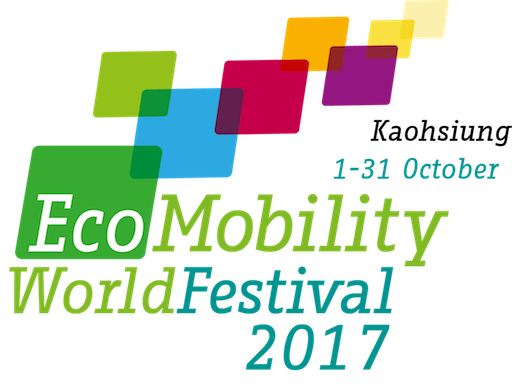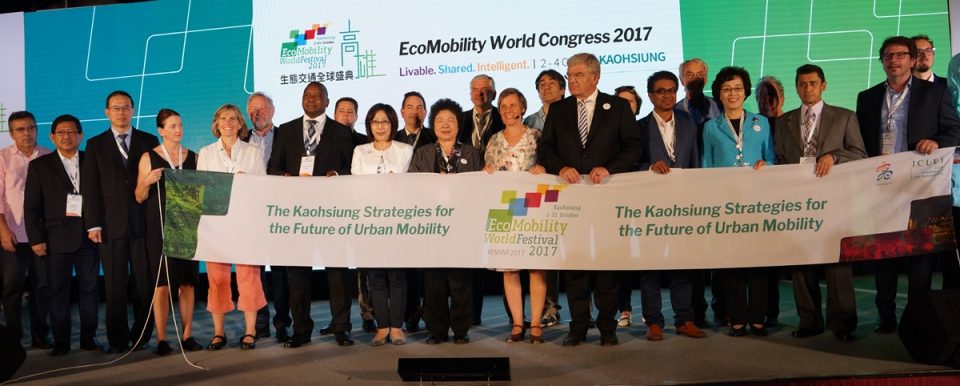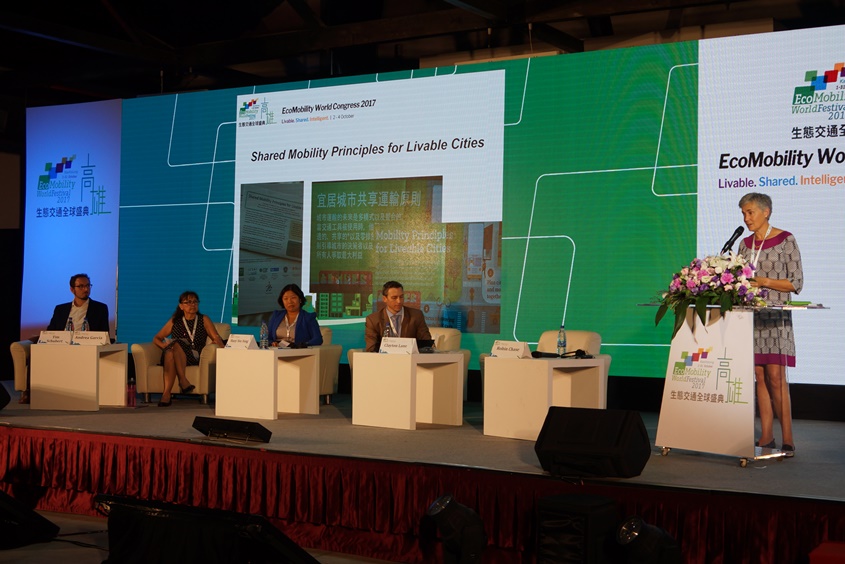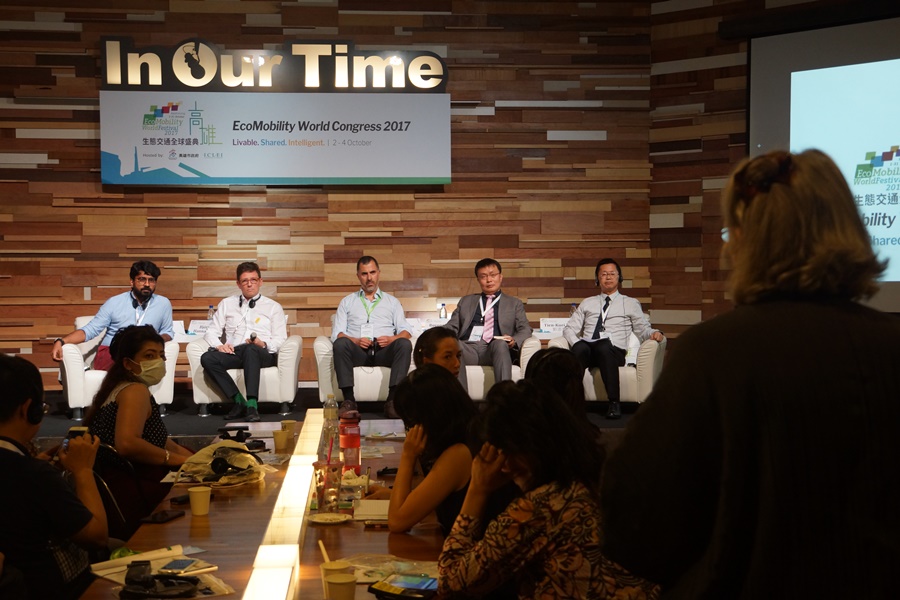How mayors and city leaders define livability
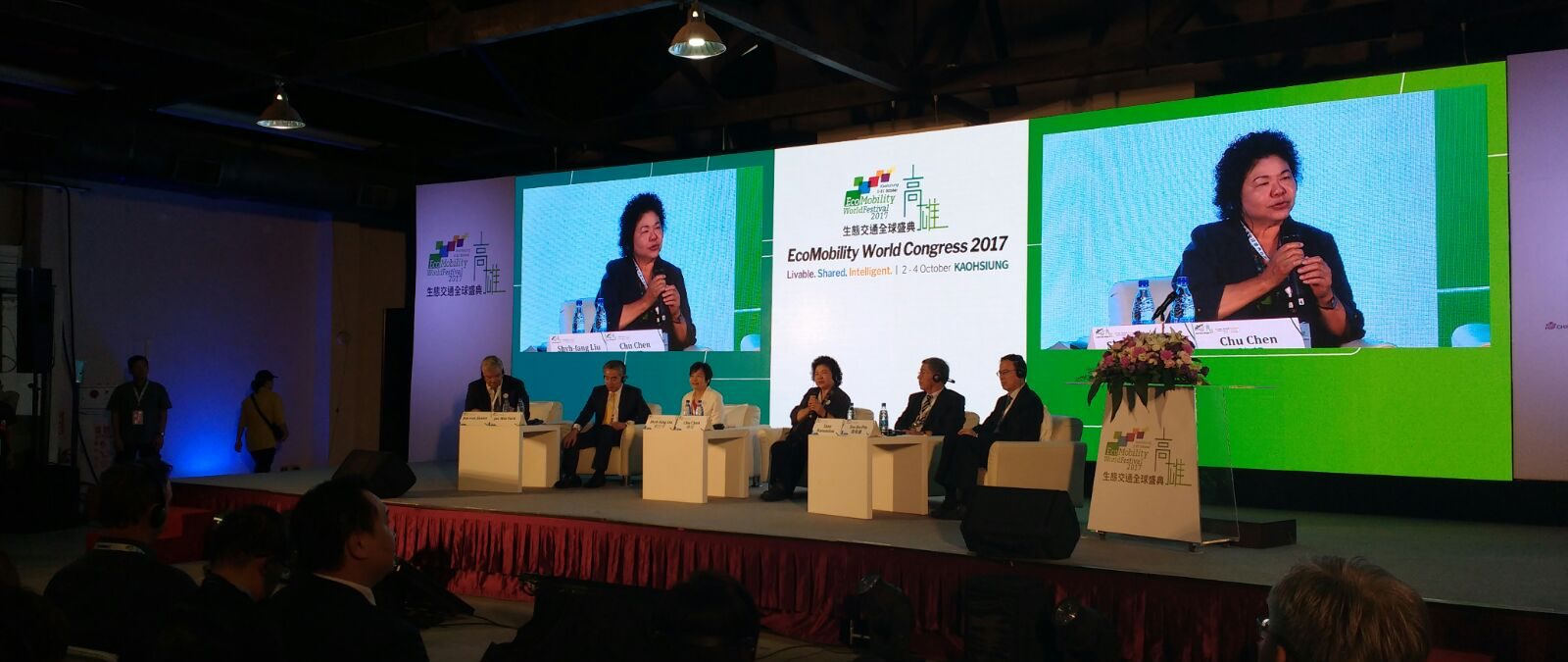
During the EcoMobility World Festival Mayor’s Panel, leaders from four local governments came together to discuss how they are using sustainable urban mobility as a centerpiece of their urban sustainability strategies. They each presented their vision of a livable city, as well as their challenges and achievements.
Mayor Chen Chu from Kaohsiung opened the discussion by presenting how her city managed to transform from an industrial city with a low standard of living to a more livable city by progressively changing their economic structure and their transport system. Kaohsiung aims to provide residents more economic opportunities as well easy and sustainable mobility in an enjoyable environment.
The city has undertaken a number of projects to transform the local transport system and offer residents alternatives to fossil fuel-powered cars and motorcycles. Because the city does not have the resources to build a robust mass rapid transit (MRT) system, Mayor Chen has strongly advocated that higher levels of governments extend existing MRT lines, arguing that ridership will only really increase if public transport is well connected. The city has recently announced the construction of one extra MRT line that will connect major points of interest in the city.
Representing a European city which has more bikes than residents, Mayor Van Zanen of Utrecht had a rather different story to tell. Despite having a transportation culture already centered around cycling, the mayor nonetheless aims to bring about transformations that create a healthier, more livable Utrecht, by improving air quality, reducing noise pollution and creating attractive public spaces.
Park Jae Min, Deputy Mayor for Administrative Affairs in Busan, placed strong focus on participatory planning to improve livability. When working on transportation, Busan looks at people, infrastructure and public policy. The city has already gone a long way towards reducing traffic and car accidents, and as the city now formulates its future sustainability roadmap, ecomobility figures prominently in it.
For Tano Harumitsu, Vice Mayor of Kumamoto, livability is very much about inclusiveness and accessibility. To accommodate the aging population of Kumamoto, he is working to improve the transport system with a strong focus on the needs of the elderly. The city aims to improve connectivity by investing in transport infrastructure and bringing important services into the center.
Teo Ho Pin, Mayor of the Northwest District of Singapore, faces a similar challenge. The urban population is also aging, and city is looking at ways to encourage a more active, walking-centered lifestyle for the elderly. For fifteen years, they have had walking clubs, and are working to make walking a habit and as a mean of social connectivity. They have also invested in covered sidewalks to protect pedestrians from the rain and strong heat.
The way each of these local leaders defined livability – and the path to get there – is clearly born out of the unique characteristics and makeup of the cities they lead. Whether a city focuses on the mobility of its aging population or on advocating better connectivity with regional and national systems, it is clear that each of these local leaders sees a sustainable transport system is a prerequisite for livability.
